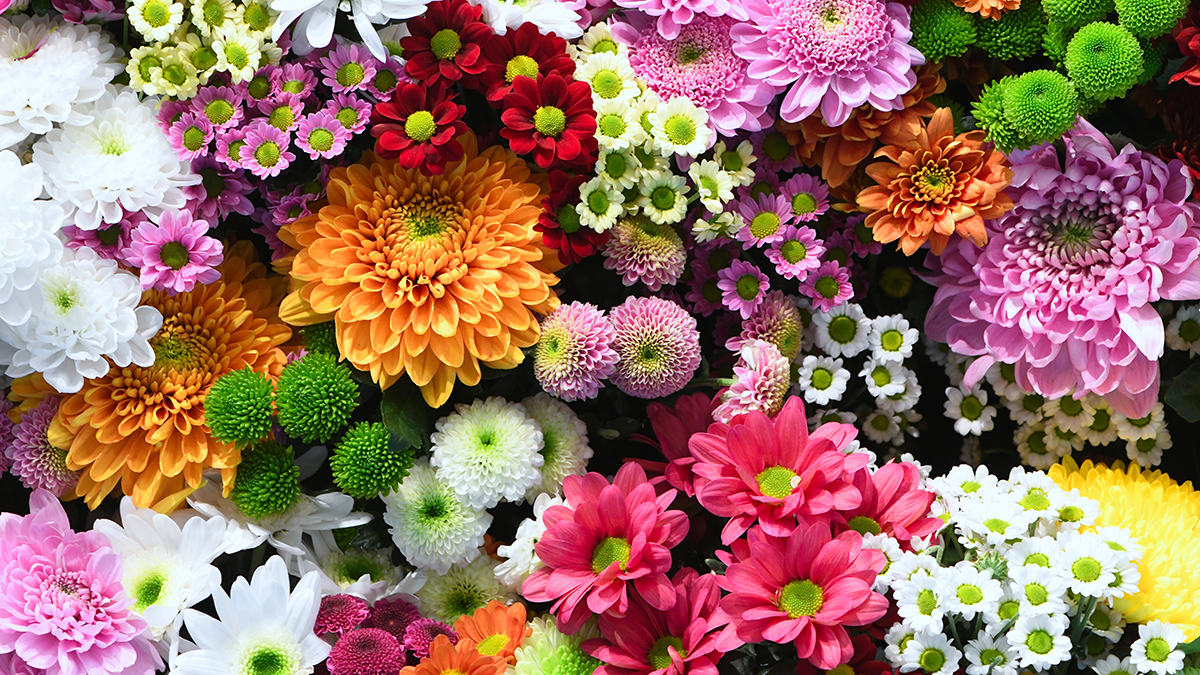Introduction: Gerbera, a member of the daisy family, owes its name to the renowned German botanist Traugott Gerber. Originating from South America, Asia, and Africa, it’s also known as the African daisy. Gerbera is a favored decorative and cut flower, with its popular cultivars derived from Gerbera Jamesonii and Gerbera Viridifolia, resulting in Gerbera Hybrida. In India, it’s cultivated in states like Maharashtra, Karnataka, Gujarat, Tamil Nadu, West Bengal, and Himachal Pradesh.
Soil Preparation

Gerbera’s roots delve deep, so soil selection is crucial. Opt for highly porous, well-drained soil with a pH of 5.5 to 6.5 and a salinity level below 1 ms/cm. Red lateritic soil is ideal. Avoid poultry and other manures. Mix soil with FYM (2:1 ratio) and sterilize it under the sun or using hydrogen peroxide with silver.
Greenhouse Setup
A well-ventilated greenhouse with 50% white shade nets on top is essential. Maintain temperatures between 12°C to 35°C, humidity at 70-75%, and ensure proximity to markets. Specifications include a minimum height of 5-6.5m, north-south gutter direction, 200-micron polythene, and proper land leveling.
Bed Preparation
Create raised beds for better drainage. Add a 6-inch layer of gravel or rocky soil if dealing with black cotton soil. Mix soil and sand with organic manure, neem cake, and rice husk. Bed dimensions: 1.5ft height, 2ft width, 1ft spacing.
Planting Gerberas
Plant with the crown 1-2 cm above soil level, accommodating two rows with 30cm spacing between plants. Opt for a variety of flower colors for commercial planting.
Irrigation Requirements
Water should have a pH of 6.5 to 7, EC less than 0.7 ms/cm, hardness less than 200 ppm, and TDS less than 450 ppm. Schedule irrigation based on plant growth, from overhead to drip irrigation. Monitor soil moisture and avoid excessive watering.
Fertilization and Manure
Basal fertilizers include single super phosphate, magnesium sulfate, biozyme granules, and humiguard granules. Adjust nutrient schedules based on soil analysis every 2-3 months. Employ fertigation for efficient nutrient delivery.
Pest and Disease Management
Common pests like aphids and mites can be controlled with traps or chemicals. Diseases like root rot and powdery mildew can be managed with fungicides and biological treatments. Follow precautions for chemical use.
Cultural Practices
Regular weeding and soil raking are essential. Disbud plants to remove inferior buds. Remove old, dry leaves to maintain plant health.
Harvesting and Yield
Gerbera has a 30-36 month life cycle and is ready for its first harvest in 7-8 weeks. Harvest when stamens develop fully for better vase life. Pluck flowers in the morning or evening, cut stems at an angle, and treat harvested flowers with sodium hypochlorite.
Cost and Profit Analysis
The cost of Gerbera cultivation varies but is estimated for a 500 sq m area. The average yield per plant is approximately 40 flowers per year, with specific quality standards.
conclusion
Gerbera cultivation in polyhouses and greenhouses offers a lucrative opportunity for farmers. With the right soil, irrigation, and care, it can yield high-quality flowers and substantial profits.


